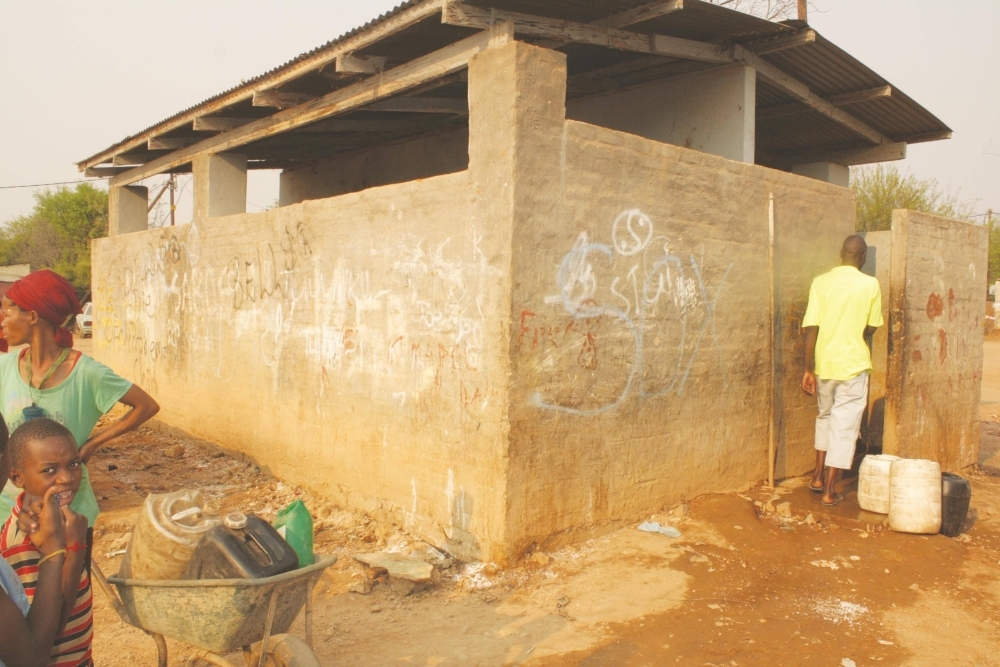Capital fails at sewerage management
The sanitation sector is an area where Namibia is experiencing great difficulties.Agriculture and water minister Calle Schlettwein during his annual address to staff and stakeholders, said that this is a general and broad-based problem in the country and not only linked to defecation in the bush. “Our capital city has lost the capability to manage sewerage. A dam that you use for freshwater supply, Goreangab Dam, is a large sewerage pond. And that sewerage spills into Swakoppoort Dam.
“We are messing up very, very crucial freshwater resources, by the inability to manage sewerage in our capital.”
Schlettwein said that the ministry together with NamWater realised the problem and have taken over the financing and to a certain extent the operation of the reclamation works and the sewerage works that are so badly needed.
He said that in cooperation with the City of Windhoek, the financing for the upgrading of the reclamation works and sewage works for the City have been finalized.
“It is a desperate situation and happens in many towns.”
He further said that Cabinet last year approved the National Sanitation and Hygiene Strategy with its accompanying Employment of Unemployed young people model in the construction of sanitation facilities.
“We must fight that we get rid of open defecation due to a lack of sanitation facilities and it is not only in communal areas. I wonder how many farm workers openly defecate. I am sure they are many.”
According to Schlettwein, the ministry has also adopted a new approach of School Led Total Sanitation and Community Led Total Sanitation strategies to conform to Namibian norms in its efforts to step up construction of decent sanitation facilities countrywide.
“Our collaboration with the Ministry of Urban and Rural Development as well as local authorities will deliver impactful outcomes on urban sanitation needs.”
He said that consultation with several local authorities is already underway and the ministry has provided some support to Katima Mulilo, Rundu and Otavi local authorities.
More than 140 beneficiaries are identified through assessment in Ohangwena region for the construction of new sanitation facilities. Similar efforts are also being pursued through Community Led Total Sanitation (CLTS) in Kunene region
Schlettwein said that alongside the construction efforts, public awareness and community education are being pursued in the affected regions, urban and peri-urban areas.



